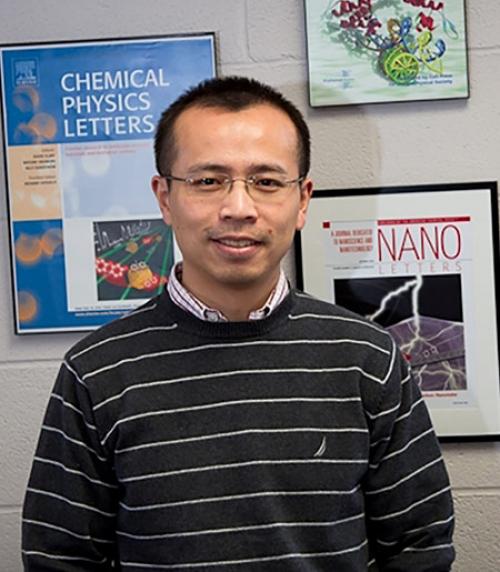In 1989, W.E. Moerner—a Cornell University graduate and current professor at Stanford University—discovered a method that allowed researchers to see single molecules for the first time. It was a breakthrough that opened doors for the development of an entirely new technique that would impact scientific research across disciplines, and one that earned Moerner, as well as fellow Cornell alumnus Eric Betzig (Howard Hughes Medical Institute), a Nobel Prize in 2014.
In science, when one door opens, other doors do not close—just the opposite—and Peng Chen, the Peter J. W. Debye Professor in the Department of Chemistry and Chemical Biology, saw in Moerner’s technology a path forward. Chen's work is profiled in this Cornell Research story.
“When a new technology is developed, we can ask: What new scientific questions can we answer?” says Chen. “What new scientific areas can we establish?”
Starting out as a professor at Cornell in 2005, Chen became one of the first researchers to apply the new imaging technology to his field of expertise: biological inorganic chemistry. His lab has also pioneered the single-molecule approach to look at nanoscale catalysis. Now leading both branches of research, Chen’s work has implications for sustainable energy production as well as the development of antibacterial agents.
Continue reading the full story on the Cornell Research website.





